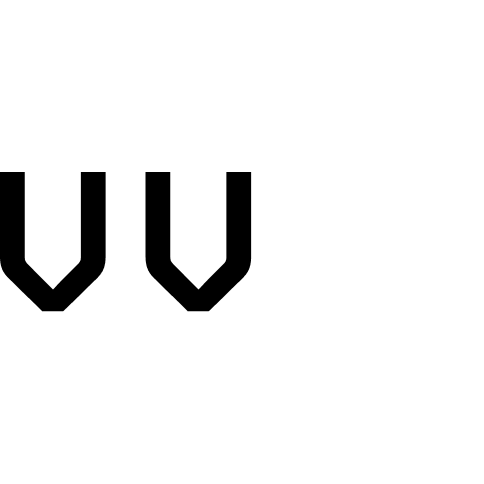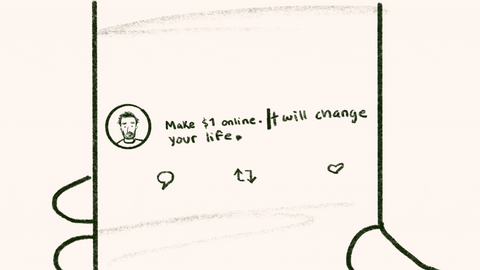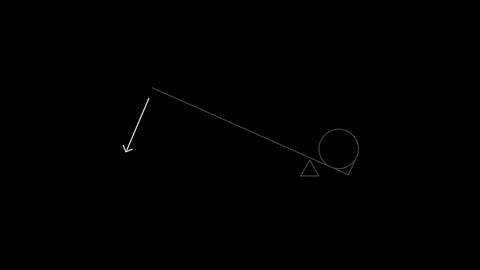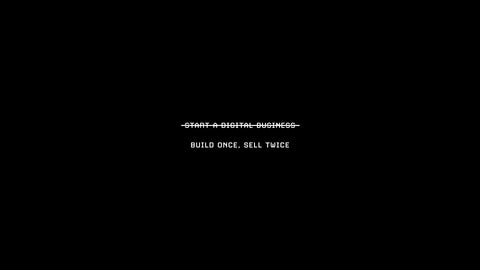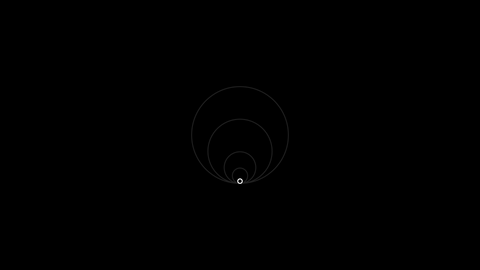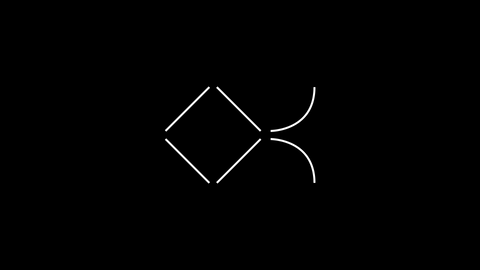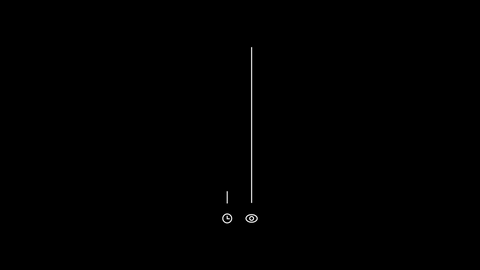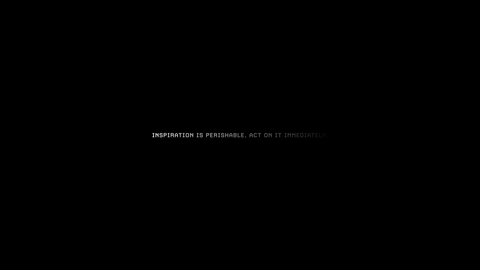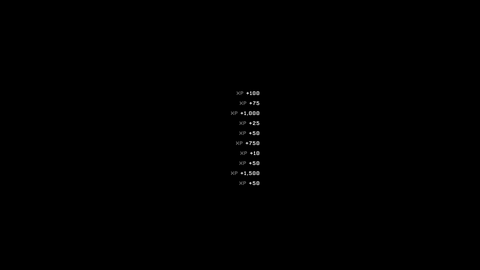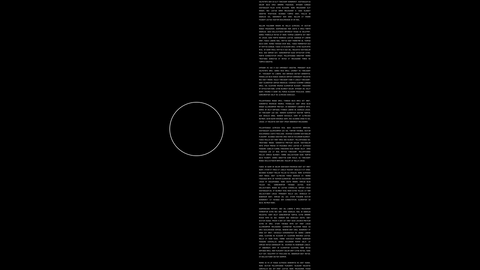Author & Illustrator: Aaron Aalto (Twitter)
I studied industrial design at the Savannah College of Art and Design. As a student, I got a once-in-a-lifetime opportunity to apprentice in Copenhagen under a well-known industrial designer. It was the beginning of what I thought to be a fruitful design career. Then, after graduation, I moved to New York City but struggled to find a design job.
Over the course of three years, I worked different jobs, from serving tables to radio hosting to making coffee. None of it made sense. I grew very depressed and I struggled to find hope. However, I found temporary relief in that I saw design in every role I had. But still, I wanted to design products for people.

In October 2019, a close friend sent me the Visualize Value instagram. Instantly, I was a fan. It spoke to me. Then later in December, I desperately needed to change my strategy and finally quit my job working as a server at a private arts club.
That’s when I came across the Daily Manifest.

The Daily Manifest was a system that organized my most precious resource:
Time.
It was my first VV investment.
A new year was around the corner and I wanted a new life, which meant getting a full-time design job. Little by little, I structured my hours and focused. I applied to 160 jobs and got 7 interviews. Then in February, I finally accepted an offer. It was a long and arduous journey full of self-discovery. Turns out, all I needed was structure and the Daily Manifest gave me that.

However, life wasn’t done. A couple of surprises laid in store. With COVID-19 becoming a pandemic, it felt like the world had broken. On top of that, I was furloughed from my new job a month in.
I was shook. Then, I remembered the story of Madam C.J. Walker from a Netflix series I watched earlier that month. Every time she confronted setbacks, she asked herself the question “how can I think bigger?” and I wanted to do the same. So I asked myself, how can I make my constraints beautiful?

I turned to research and learning because that’s what I do when I don’t know what to do. I stole that from aerospace engineer, Wernher von Braun. With this spirit, I started to take notes of Matthew Kobach’s IG Lives.
At the time, Matthew was the Digital and Social Media Manager for the New York Stock Exchange. I had discovered him on Twitter. Following his curiosity, I was learning all I could about marketing and sharing my notes on Twitter. People seemed to like them.

Then, Jack Butcher tweeted “Make $1 online and it will change your life.”

This echoed in my brain for a couple of weeks. I was curious to see if he was right because I was skeptical. Realizing I had nothing to lose, I launched “20/20 Portraits” on a Friday. A portrait for $20.
Customers would send me a photo and I would sketch them. The 50 spots were sold out in 5 hours. I was stunned.

I had been sketching my entire life and it was never something I saw as being special, but the demand made me look at my sketches a little different. The outpour of support from the VV community was incredible.
It was inspiring to create art with people from all over during such uncertain times. And it was true: Making a dollar online really did change my life. But it wasn’t just about the $1, it was the personal lessons. Here’s the wildest part: I had discovered that I could rely on myself to generate value. And to top it off, I had what I was looking for all along.
The demand for portraits was so strong I had to raise the price. The raise, however, was too much too fast. So it slowed down the demand. It was clear that I had a lot of learning to do. Sure, sketching portraits was fun. But my vision evolved.

I didn’t know what to do next. Then Jack announced a new course “Build 1x Sell 2x”. After sketching portraits, I had upgraded my problems and I needed to figure out a way to solve them.
This course helped me with that. It gave me structure, once again. It was my second investment in a VV product and easily it was my best investment of the year.

Around the same time, my 11 year old brother told me something profound. He said “Don’t let your 40 subscribers down." (I have a YouTube channel where I make videos about design, process, and what I’m learning.)

After two and a half months of being furloughed, my job asked me to come back. I was happy to return but I was hooked on sketching and animating nuggets of wisdom that not only helped myself, but I knew would help others.
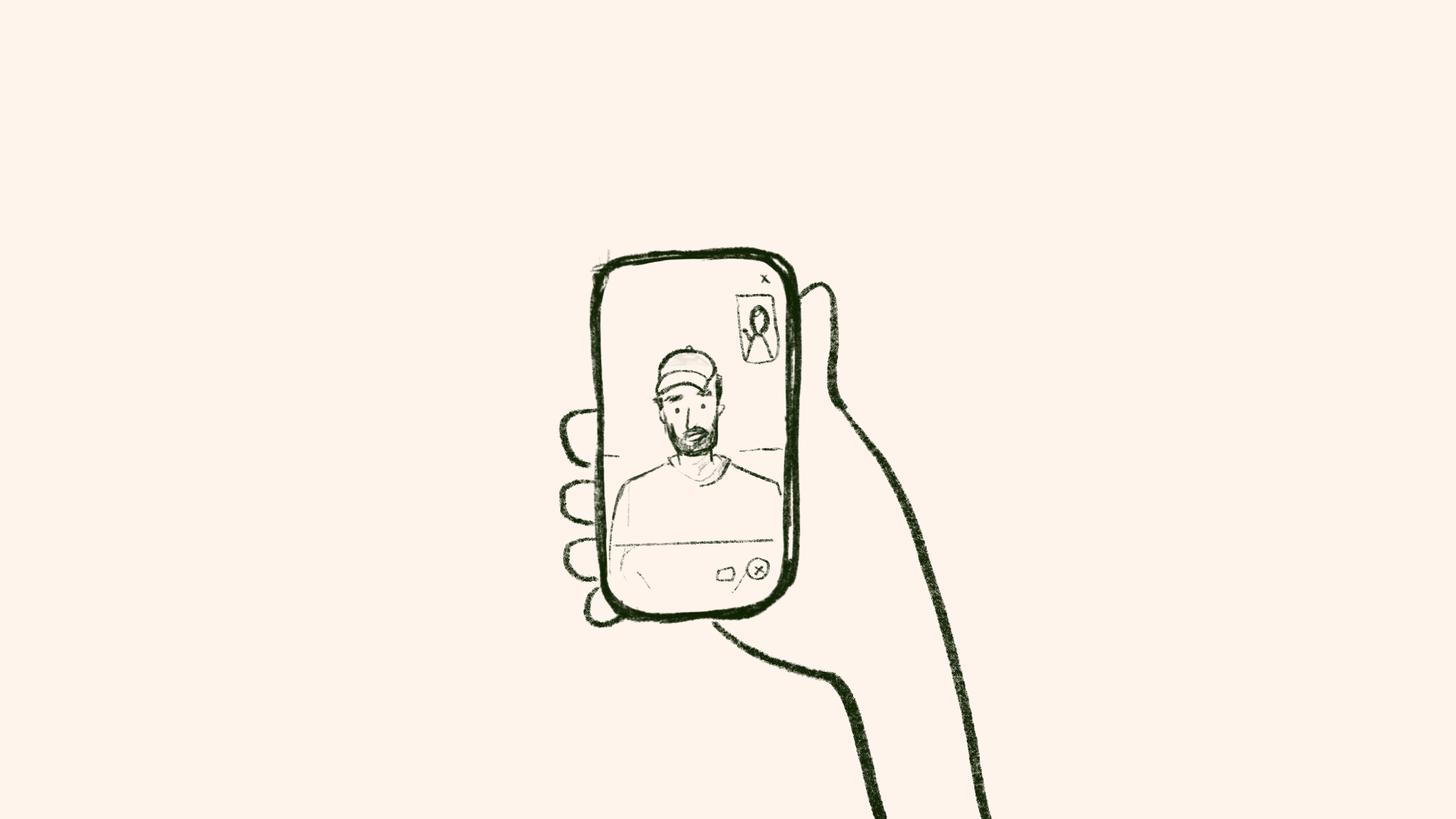
Sometime in July, I FaceTimed Jack. He was sharing his thoughts and I noticed something. He was sitting in the back of his car. He was on vacation––a testament to his generosity.
He said “Lean into the narrative.”
My takeaways from that conversation continue to inform my journey to this day.
Taking the learnings from the “Build 1x Sell 2x” course, I decided it was time to release “Notes on Design” (something that’s been in the works for many years) on October 23 2020.
Imagine stumbling upon someone’s notebook filled with everything they know––a deep dive into their brain.
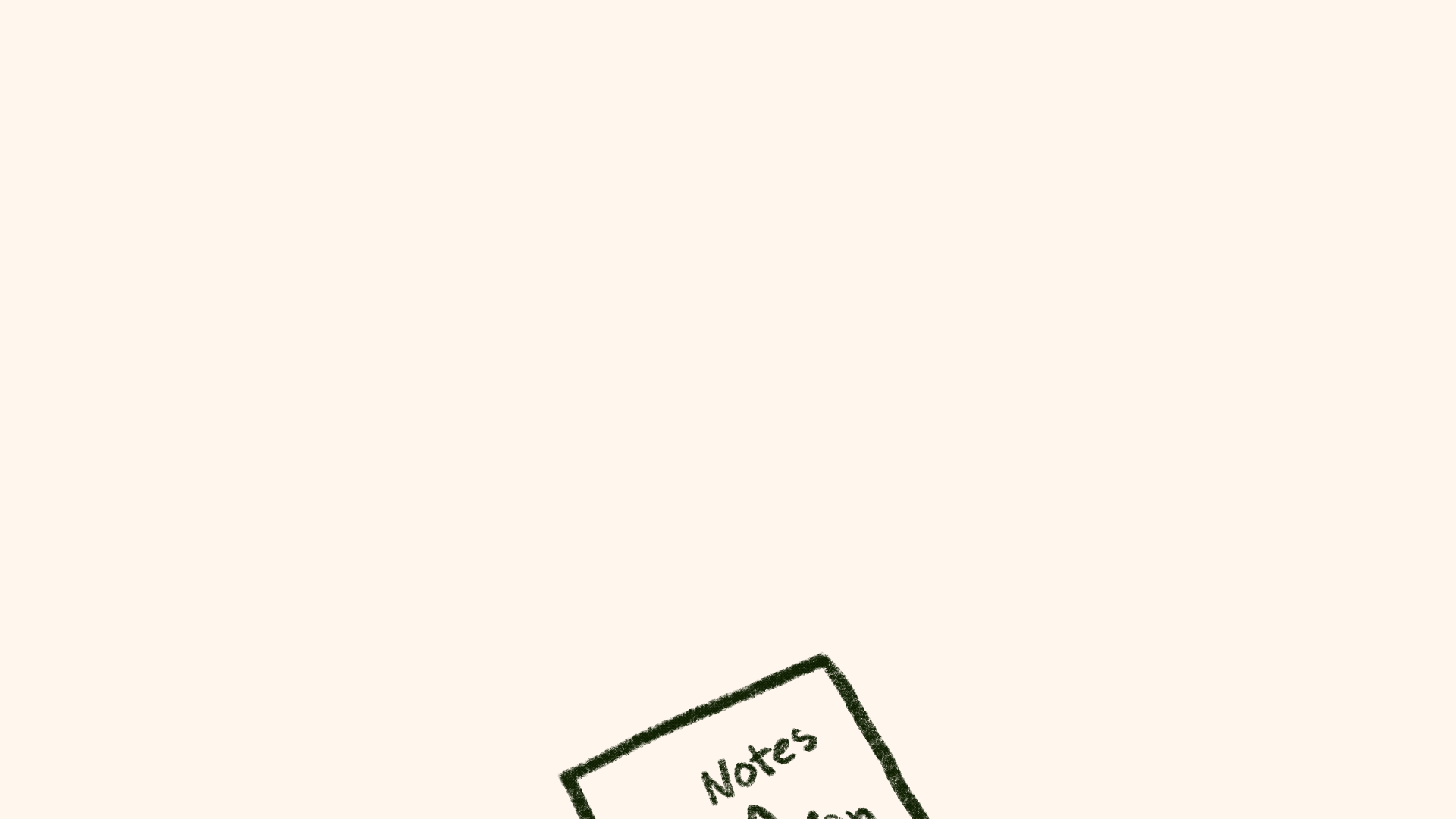
That’s what “Notes on Design” is. I finally got the courage to share something I think will help others as much as it’s helped me. I want to see an abundance of designers solving great problems across all corners of society and making humanity’s constraints beautiful.

That conversation also reminded me to always give consistent value and be patient. And to not expect anything. Just focus on what matters. It made me think of the first time we met in early January over cappuccinos in downtown Manhattan. I remember listening attentively, excited to hear how Jack saw the world. Little did I know how much of an impact that meeting would have on me. Writing this now reminds me of how important it is to try things for yourself. Don’t take my word for it. Listen to your own voice and take risks. A tiny action can set off a domino effect.
The rest is simple: Trust the process.

